From digital tutors to disaster-detecting satellites, Virginia Tech faculty explain how artificial intelligence is reshaping the systems we rely on every day—and what's coming next.
Artificial intelligence is no longer looming on the horizon — it’s here. And while some industries are diving in, lured by AI’s promise to save money, boost efficiency and accuracy, even save lives, others remain skeptical of AI’s black-box decision making or leery of the lack of robust policies around data and acceptable use.
What's the future of AI in engineering? We asked Virginia Tech College of Engineering faculty to share how AI is shaping their fields right now — and what they think will come next.
Xuan Wang: Building trust in AI-powered healthcare
Assistant professor, computer science
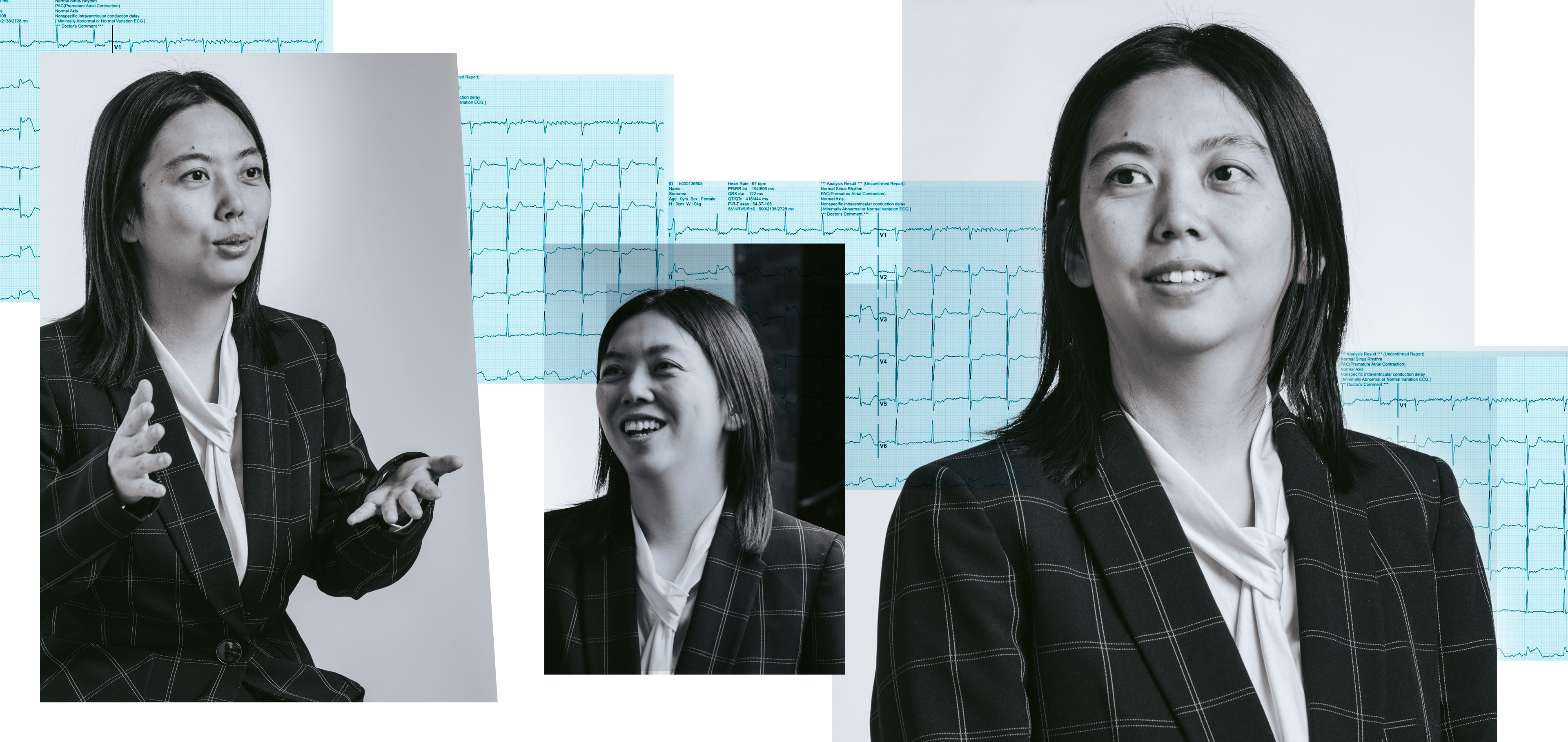
In a clinical setting, large language models (LLMs) could help diagnose patients faster. In a recent study, Wang’s team collaborated with Children’s National Hospital in Washington, D.C., to explore how LLMs might triage emergency room patients by assessing how urgently a doctor was needed. The results? The models were 10 percent more more accurate than a trained nurse.
But a major hurdle remains: trust. Should doctors rely on AI for clinical decision making or on their own years of training and experience?
“A very big research direction is trustworthy AI,” Wang said.
To earn that trust, AI must show its work, by citing lab results or medical guidelines to explain a decision. This explainability can help doctors and patients gain confidence in AI’s recommendations.
In clinical settings, multiple LLMs (called multi-agent models) could also be used for collaborative decision making. For instance, one could analyze the patient’s history while another looks at imaging. Working together improves their accuracy.
“Each model can be dedicated to a certain small task, and in this multi-agent framework, they can talk to each other to further confirm, as a team, that they are not doing anything incorrectly,” Wang said.
Andrew Katz: Reimagining education through AI
Assistant professor, engineering education
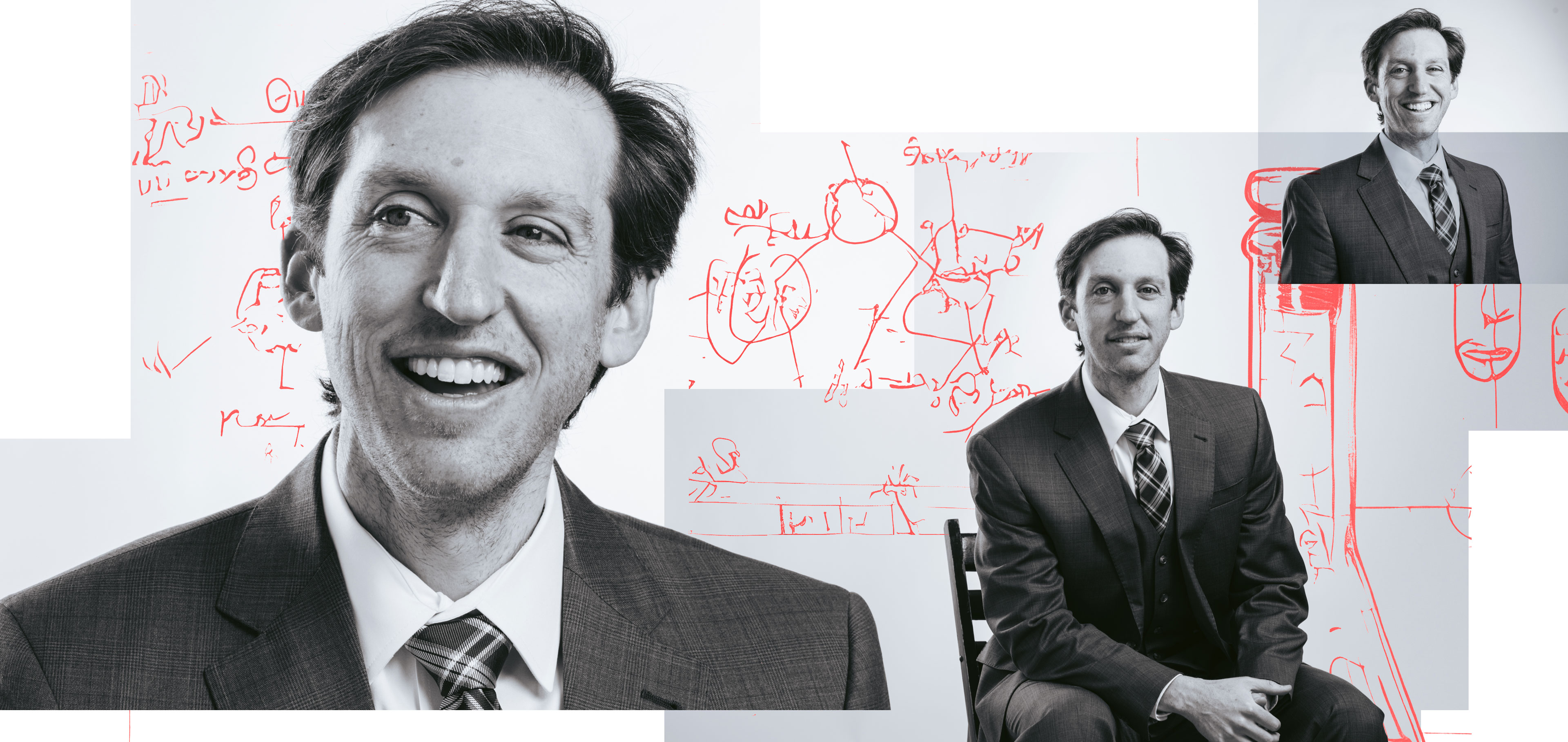
Katz believes that in the next 10 years, AI will — and should — drastically change education, including how students learn.
Today’s tutoring systems help students gauge their understanding of a topic. But tomorrow’s tools, he said, could personalize the learning experience. For example, if a student loved soccer, the platform could tailor lessons using soccer analogies to help them grasp tricky concepts.
“There is an opportunity for a more dynamic back-and-forth between a student and the system, where the system can adapt its responses to learners,” Katz said.
AI can already assist teachers with curriculum development. But with the correct policies in place, in the future AI could be a digital teaching assistant, reviewing assignments so students know almost in real time what they need to work on, and quickly giving teachers a comprehensive understanding of where their class is struggling.
Rather than simply “AI-proofing” assignments, faculty should take the opportunity to reassess what they’re teaching and why. “If AI tools and integration are disrupting workplaces and practices, it has a downstream consequence,” Katz said. “What exactly are you trying to do in education?”
Want to hear more of Katz' take on AI in education? Listen to his interview on Virginia Tech's "Curious Conversations" podcast.
Erik Westman: Making mining smarter and more sustainable
Professor, mining and minerals engineering
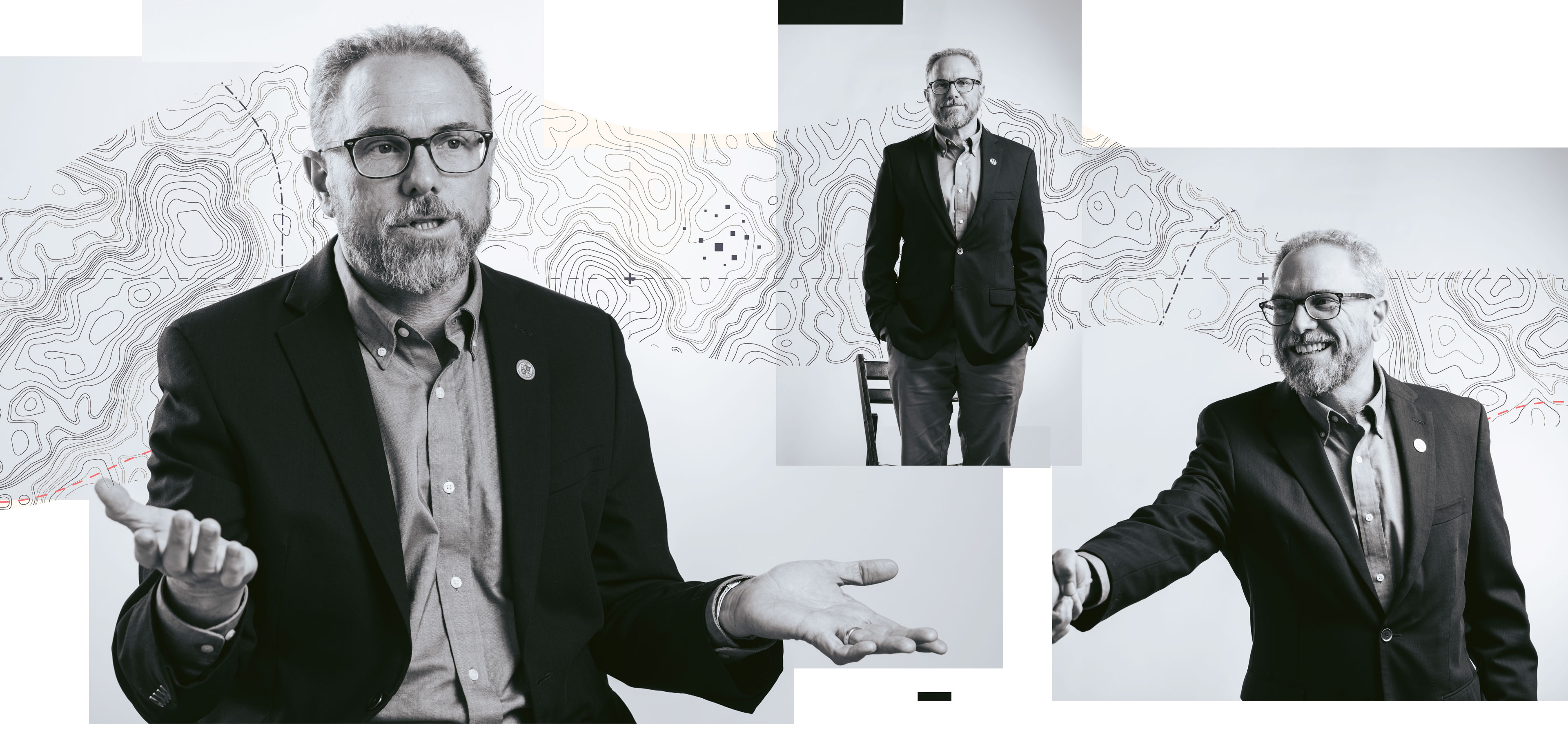
“Everything we touch is either grown or mined,” Westman said. “Walls, the roads we drive on, the electronics we use, so many of these things come from the ground.”
Yet the equipment and processes used in mining didn’t change much in the last century — until AI and machine learning.
Now mining engineers are applying machine learning to locate mineral deposits by feeding the technology information about where the minerals tend to exist. It’s also being used to analyze data from drill rigs. For instance, knowing how fast the drill is moving through the rock allows teams to fine-tune how much explosive agent to use to extract minerals.
Engineers can even build a digital twin of a rock formation to detect and resolve problems in equipment or process design. “We can have a dramatic improvement by optimizing the whole scenario,” Westman said.
He believes that ultimately, the future of AI in mining is to make it more sustainable. “We will not be cutting jobs because of autonomous equipment or the use of AI. Rather, it will make the whole process more efficient, reducing the carbon footprint by lowering fuel consumption.”
Catch more of Westman's thoughts on autonomous technology and mining in the Virginia Tech "Curious Conversations" podcast.
Bradley Denby: Launching autonomous space systems
Assistant professor, aerospace and ocean engineering
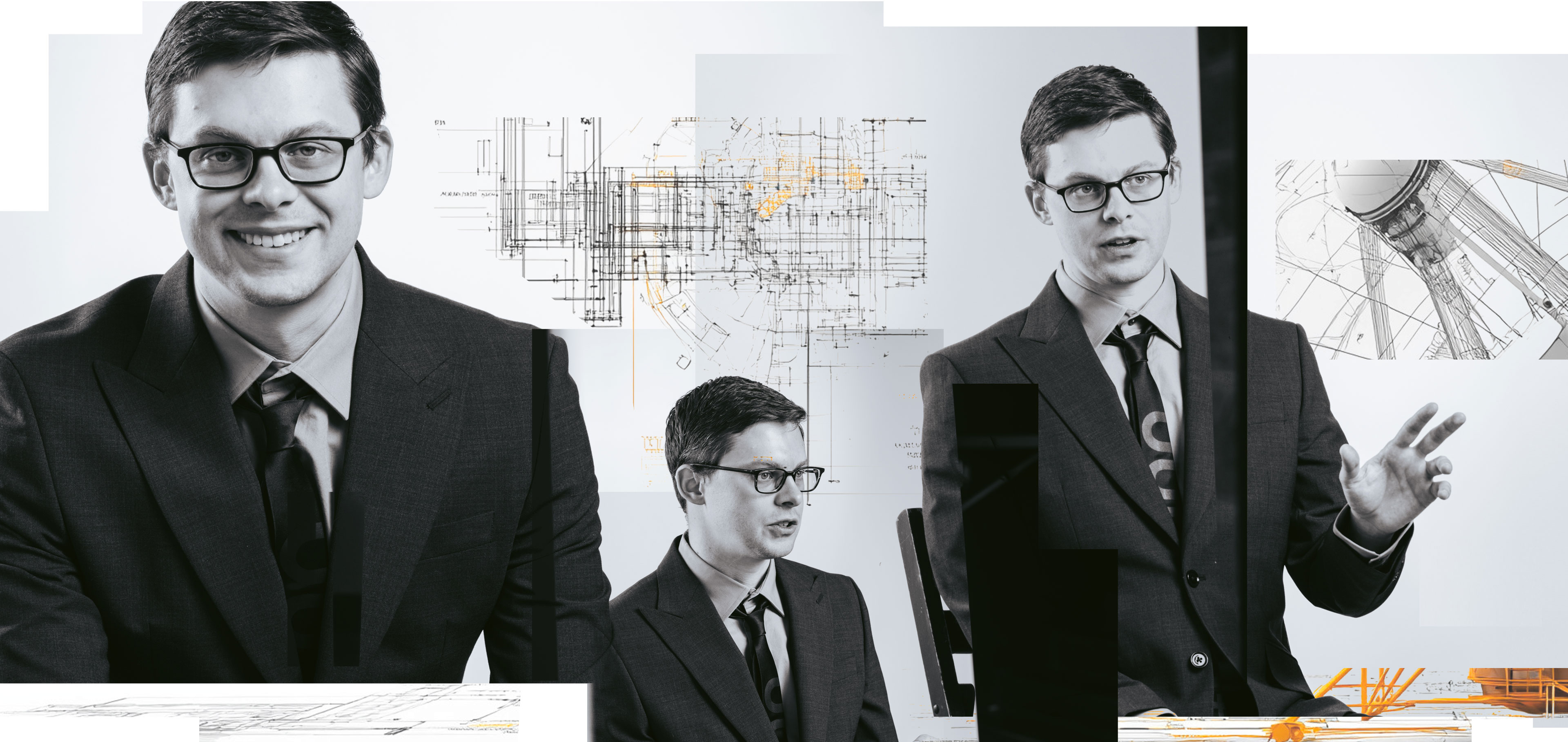
Satellites have long supported infrastructure like GPS, television, and emergency communications. But Denby pointed out a challenge: They typically take more than a decade to build, and they rely on humans to operate them.
“Ten years ago, AI didn't exist as it does today,” he said. “A state-of-the-art chip selected at the beginning of the satellite design process is already a decade out of date by the time the satellite launches.”
That’s changing. Thanks to reusable rockets, more satellites can launch faster, and they use newer AI systems that operate autonomously. If a satellite photographs a cloud instead of the natural disaster it was targeting, it simply deletes the image, takes new photos, and sends back the best images — no human input needed.
Denby sees AI enabling even more effective space missions in the future. Right now, it can take an hour for a robotic rover on another planet to move one centimeter based on commands transmitted from humans on Earth. With advanced AI, rovers could one day navigate a new planet on their own, while operators on earth focus on mission design.
“These systems are billion-dollar devices,” Denby said, “so if they can do something autonomously, that’s useful because we get more value out of that investment.”
Ella Atkins: Rethinking flight safety with AI
Fred D. Durham Chair in Engineering and department head, aerospace and ocean engineering
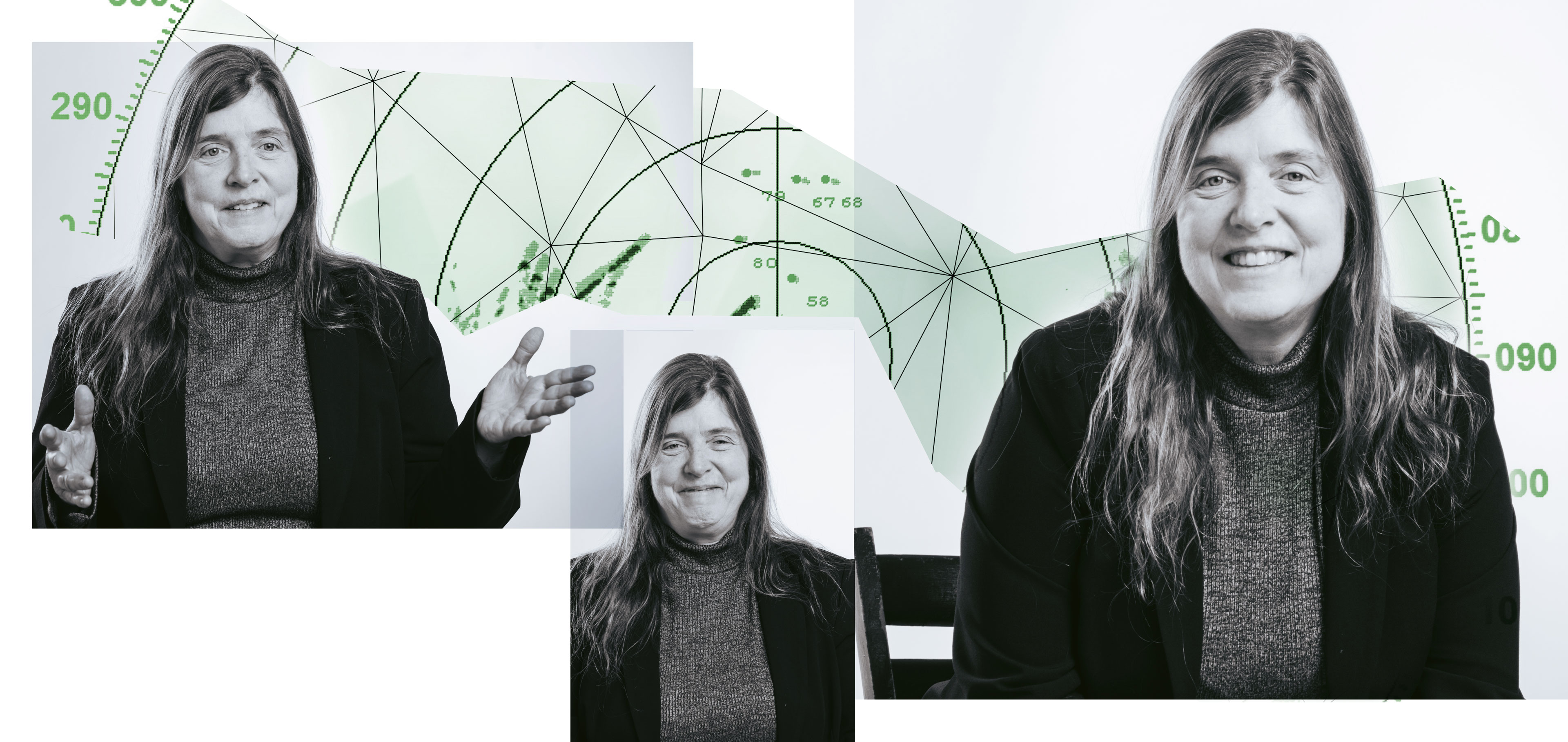
The AI needed to make commercial air travel safer already exists. The problem, Atkins believes, is that it’s not being used.
Consider the 2025 crash between an Army Black Hawk helicopter and an American Airlines commercial jet in Washington, D.C. “There was plenty of data for both aircraft and helicopter to know that visual separation was not happening, yet none of the computers took any action because we are in such a manual system,” Atkins said.
One of the reasons helicopters are so dangerous is because of inaccurate vertical obstacle data. When cell towers are built, their locations are often recorded inaccurately, sometimes off by hundreds of feet. That discrepancy contributes to numerous helicopter crashes every year. AI could change that with real-time analysis of obstacle locations.
“This is low-hanging fruit for AI in aviation,” Atkins said.
She also envisions a comprehensive cloud database that collects data on wind patterns, weather, visibility, traffic, and maps and feeds it to AI to make decisions and enhance flight safety.
In 10 years, Atkins hopes that “commercial airlines and the flying public learn to trust AI proven to make flying safer. When a pilot gets in trouble, they should have a big red button to push that says, ‘I need somebody or something to help me fly and land safely.’”
That big red button should be powered by AI.
Hear more of Atkins' take on AI in aviation in her podcast interview on Virginia Tech's "Curious Conversations."
If you want to have an impact on our students and faculty like those featured in this magazine, go here to support the College of Engineering. For more information, call (540) 231-3628.
-
Article Item
-
Article Item
-
Article Item



